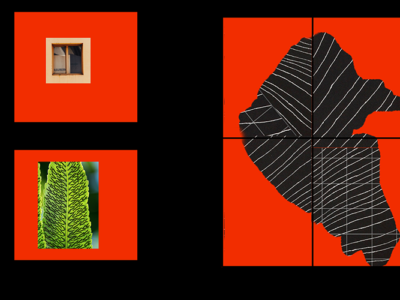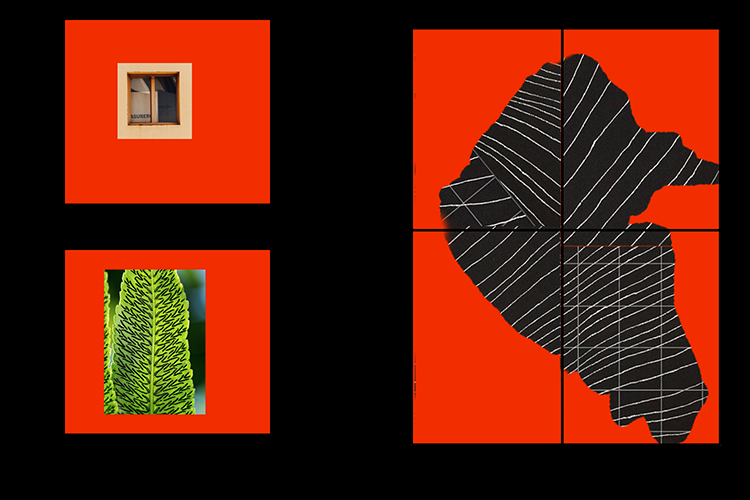
D-ness, the Beginning
I’ve been casually thinking about the world in terms of D-ness for decades. D-ness includes our familiar 2d3d4d. Never found much use for 1d. But do theoretical physicists?
The endearing physicist MIchio Kaku can entertain up to 11 spatiotemporal dimensions. He can write the mathematical proof. He’s a giant of highly-effective-people. I recommend wolfing down whatever you can locate of his books, videos, interviews. (Michio Kaku Explains the 11 Dimensions of the Multiverse)
I have no notion what the implications of the next seven dimensions will have on the facts of my paltry few. But I have lots of thoughts about those common three. It started like this
When you practice collage you may find an ideal image of a spring green expanse of meadow, but it has an eyesore shack in it. Shack doesn’t say what you want, the meadow does. So you paste a sunset or vase or tiger over the shack. You disappear it. You paste whatever image says what you want to say paired with the meadow.
It’s very like poetry, finding the juicy word that nails it. Because the use of visual art is to communicate — and the rule here is you don’t use words.
Rules are important in creativity. I remember some poet writing that he composed a different form of verse every day (limerick, psalm) in his youth. He practiced the forms.
When I started making my own art — not the drawing/painting skills I’d thought I’d needed — I was knifing images from magazines and my own art books. My rules were: sourcing found-materials and using color harmony to bind my compositions.
And I had another rule — you could stand back and enjoy a strong abstraction, or you could move in and read the content. An observer cannot do both at once. So the work shifted meaning depending on where you positioned yourself.
That’s a rule I never once formulated. I discovered it by looking back at my work.
When I changed my media, using my own photographs — and ruled that they could only butt up against each other (no overlay, no hiding content). And in looking back at that I realized a fundamental truth. A mathematical truth.
Collage is a 3D medium. The ability for one image to obliterate another requires one to be above (in front of) another. It intervenes in space, same as a lady wearing a big hat in the theater seat ahead of you blocks the screen.
The photomosaics were rigorous grids of mostly 4×6 photographs from a regular printing shop. I took the photos, waited, then came home with dual stacks — double prints! — of images. I’d deal them out in piles and begin to discover how they went together. Always an adventure, like traveling to somewhere with new food, new manners, new breeds of ducks.
Well, working with the no-overlap rule meant that photomosaics were a 2D medium. I had the option of culling photos that didn’t work in my design, but I frowned on it. The more images in one work, the happier I was. My biggest was 13 feet of 4″x6″s. Kimono Lost in a Sand Garden.
As a side-note, a number of people remarked on the horse image in that work. I’ve never figured out where they see it.

